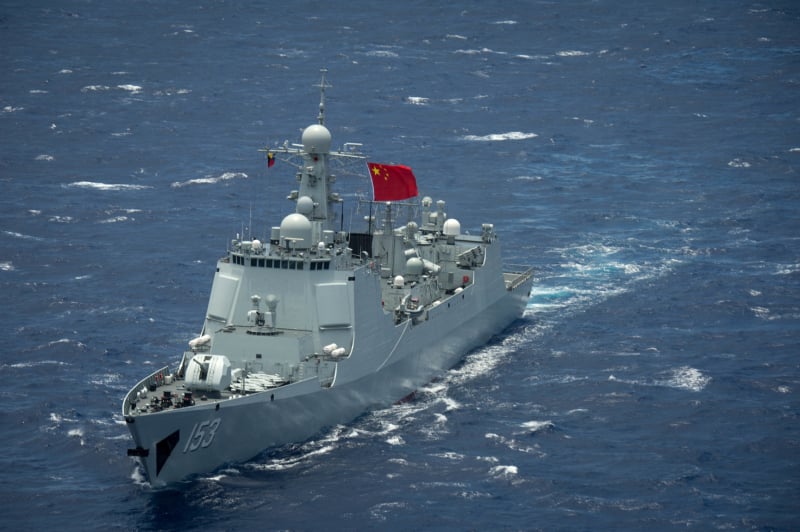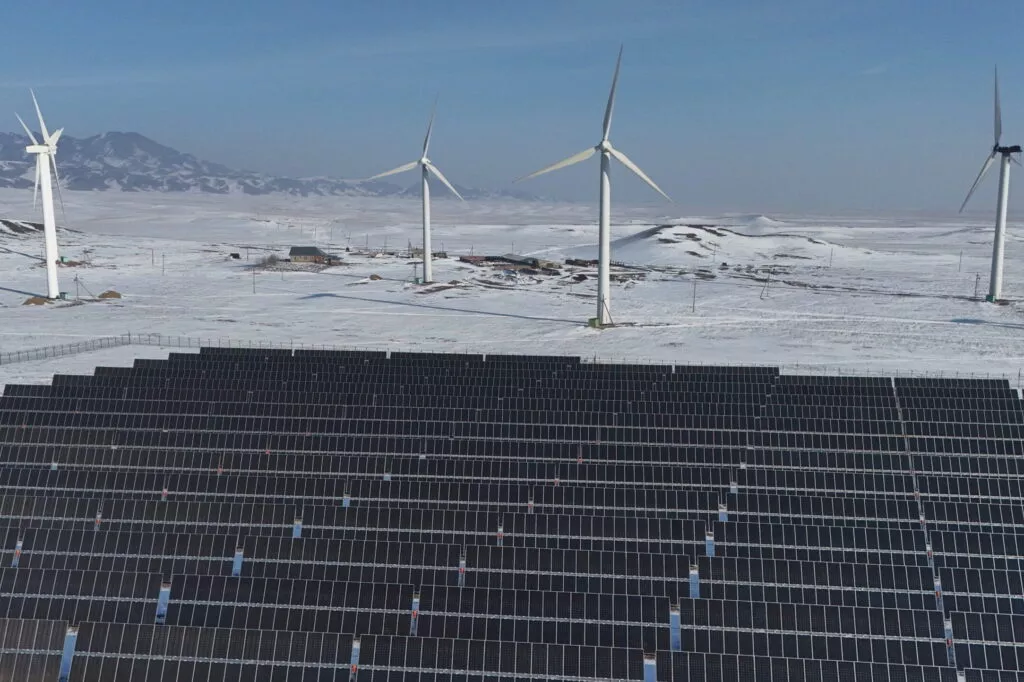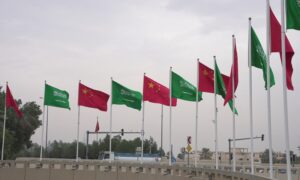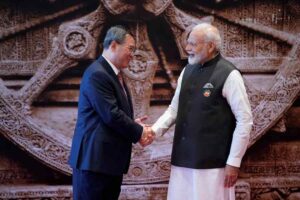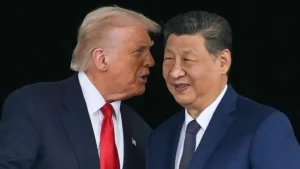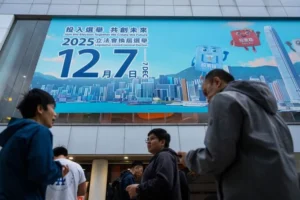Belt and Road Initiative: Rising Chinese exports are mirrored in important nations’ need for steelBelt and Road Initiative: Rising Chinese exports are mirrored in important nations’ need for steel
China’s export has been a pivotal force to its steel industry, particularly in the wake of reduced domestic demand due to a sluggish property market.
China’s January-November 2023 net steel exports saw a 35.6% increase year-on-year, reaching 85.66 million mt, according to China’s General Administration of Customs.
China’s steel exports peaked in 2015 at 112.4 million mt, prompted by anti-dumping duties imposed by the US and EU on Chinese steel products. Subsequently, steel exports declined, continuing until 2021. However, 2023 has seen China’s steel exports surge yet again.
BRI fueling China’s steel export growth
Some market participants believe that countries involved in the Belt and Road Initiative account for a significant role in China’s steel exports. The BRI, an infrastructure project initiated by China in 2013, is aimed at enhancing connectivity, trade and economic cooperation among nations. Through BRI, China has made substantial investments in infrastructure development across Asia, Europe and Africa.
The top 10 countries that received the largest percentage of non-financial BRI investments from January to June 2023 were Singapore, Indonesia, Malaysia, UAE, Vietnam, Thailand, Laos, Kazakhstan, Cambodia and Russia, according to China’s Ministry of Commerce. Revenue from completed BRI projects in the first half of 2023 increased by 7% to $49.01 billion from the same period in 2022.
Looking at China’s customs data, a significant portion of China’s steel went to BRI-involved nations whenever the country saw an upswing in steel exports.
For example, China’s exports to Laos grew by 196.7%, to the UAE by 72.6%, and to Vietnam by 57.2% from January to November 2023 compared to the same period in 2022. These three countries were also among the top ten recipients of BRI investments.
Relocation of Chinese capacity and export growth
Although China has relocated some of its steel production capacity to several BRI countries in recent years, its steel export still sees significant growth.
Malaysia and Indonesia, two of the top three countries receiving the most BRI investments, have experienced growth rates of 38.3% and 28.1%, respectively. Both countries have been significant destinations for Chinese capacity relocation.
Steel exports directly linked to BRI projects are typically not exported directly by mills or through trading firms, industry sources said. Instead, they are purchased domestically from Chinese mills by construction enterprises. These projects often adhere to Chinese standards for the convenience of contractors, making it more feasible for them to source materials domestically in China.
“Generally, these BRI projects are also adopting Chinese standards for the convenience of contractors, so it’s safer and easier for them to purchase from existing suppliers,” a Chinese trader familiar with the matter said, adding that Chinese construction materials were also more competitive in terms of price.
Furthermore, although production capacity has been relocated overseas, the primary focus has been on the production of commercial-grade steel products. Materials with specialized requirements, such as plates and rail steel, continue to be sourced from China, mill sources said.
After studying the destination of Chinese BRI investment, the correlation between BRI investment and Chinese export demand appears compelling.
As China maintains high steel output levels and domestic property demand subsides, Chinese mills are increasingly setting their sights on BRI markets within emerging economies, seeking additional export opportunities.

